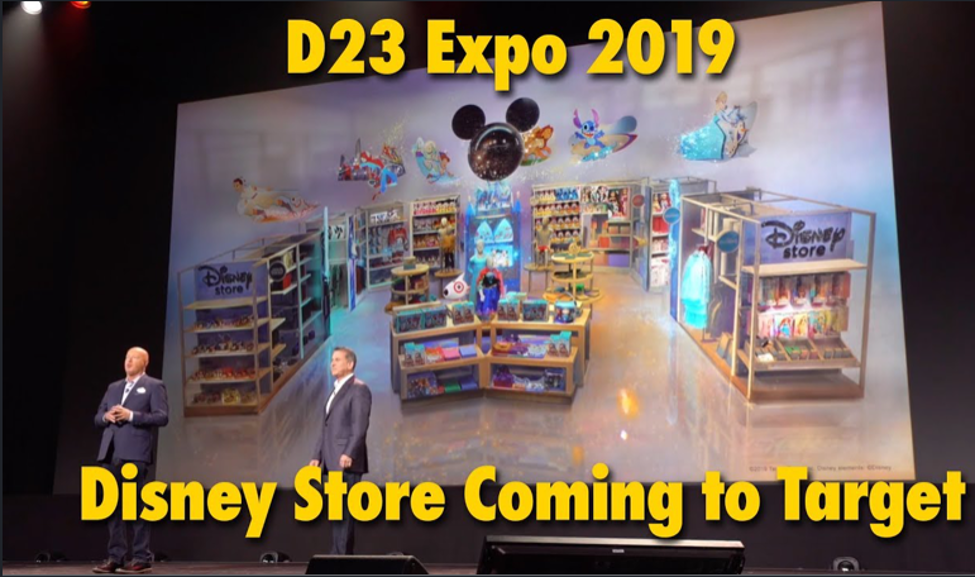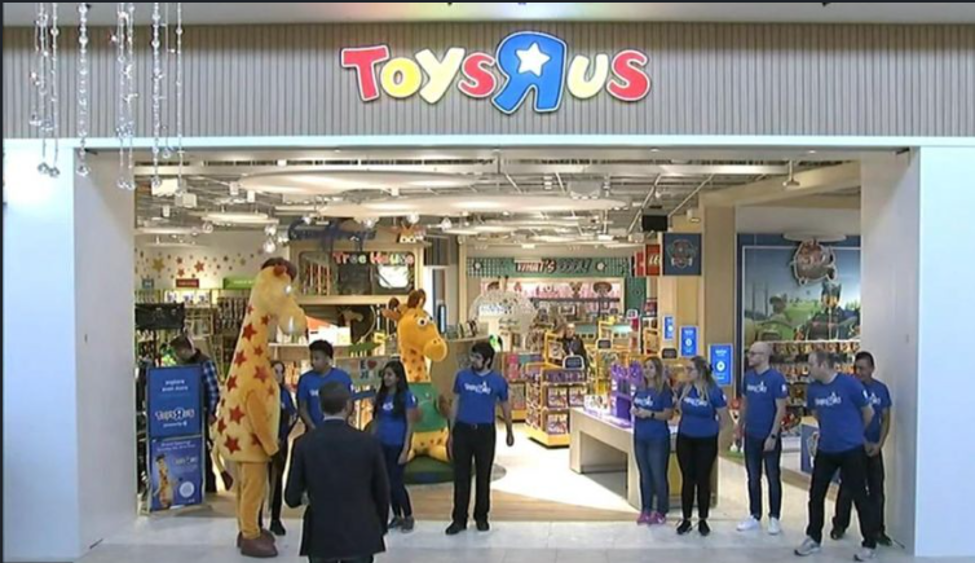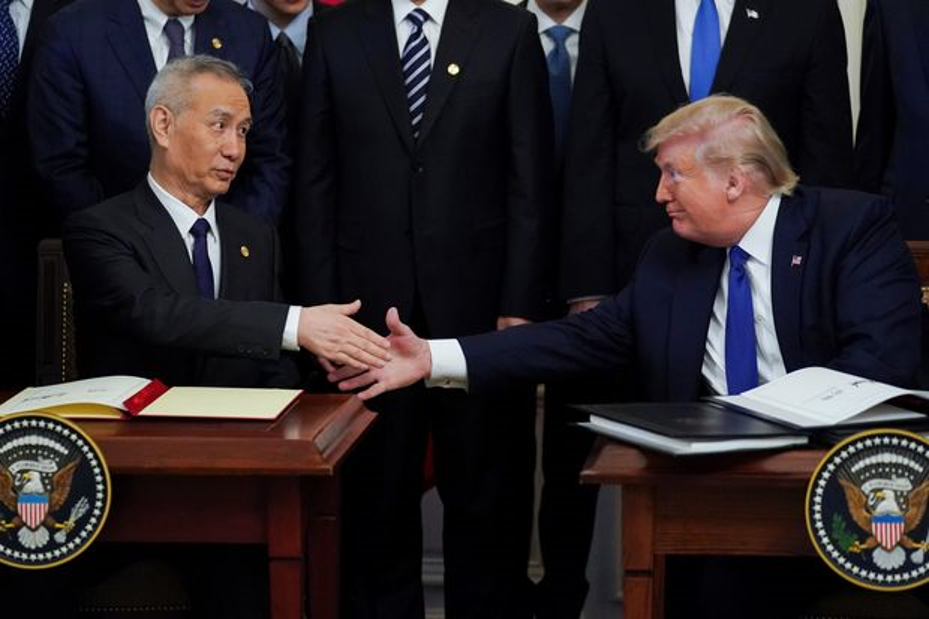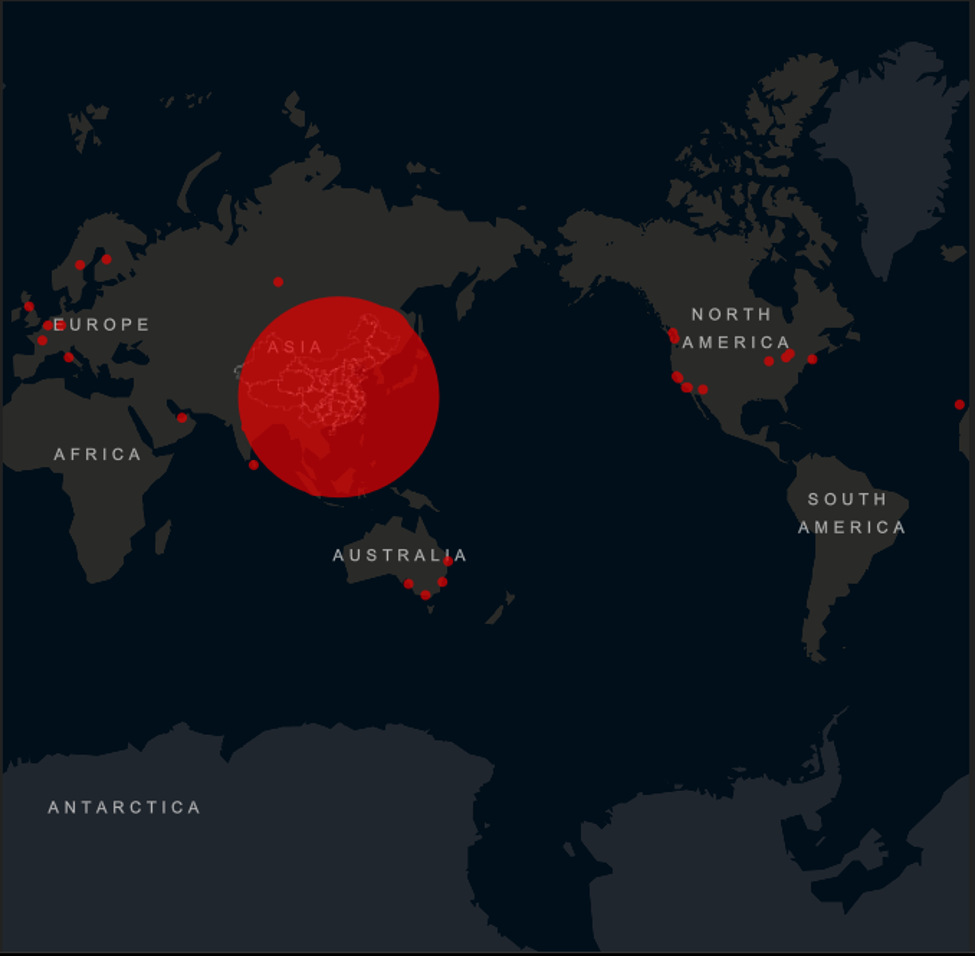Is it just me or does the reporting on 2019 annual toy sales seem a bit wonky. It’s a bit incongruous that annual U.S toy sales (as reported by NPD) would be down 4 percent while the National Retail Federation is reporting a 4 percent increase in overall holiday sales. In addition we’ve been in a favorable economic environment with strong employment numbers, rising wages and solid household balance sheets. As expected, weaker retailers such as Kohl’s, Macy’s, J.C. Penney, and Gamestop fared poorly but off-price chains like Costco and TJX hit it out of the park. Overall fourth quarter revenues at Amazon rose 21 percent and indeed online sales as a whole rose 19 percent during November and December. Of course, the high cost of doing business through Amazon means that vendors must absorb a margin hit. We are left anxiously awaiting reporting from retail behemoth Wal-Mart.
 Target seems to be a special case. Some of their woes likely stem from inflated expectations. Why did they expect holiday sales to jump by 4 percent? Did the population increase by that much? I don’t think so. I suspect that the Toys ‘R’ us.com/Target tie up happened too late in the year to make much of a difference. With Disney’s recent movies pretty much tanking, Target’s Disney “store-in-store” promotions likely hurt Target toy sales. While those initiatives may not have had much success in 2019, I expect that they will have a much more positive effect longer term.
Target seems to be a special case. Some of their woes likely stem from inflated expectations. Why did they expect holiday sales to jump by 4 percent? Did the population increase by that much? I don’t think so. I suspect that the Toys ‘R’ us.com/Target tie up happened too late in the year to make much of a difference. With Disney’s recent movies pretty much tanking, Target’s Disney “store-in-store” promotions likely hurt Target toy sales. While those initiatives may not have had much success in 2019, I expect that they will have a much more positive effect longer term.
So What happened? Where did the billion dollars go? First off the shortened holiday selling season made for very tricky comparisons. Secondly while NPD tracks about 80 percent of toy sales perhaps something important happened in that missing 20 percent? Lack of a screaming hot product to draw people into stores certainly hurt. Even previous standouts like Paw Patrol and PJ Masks have started to slow. Honestly though, I suspect that the demise of Toys ‘R’ Us continues to be the biggest factor. TRU carried an incredible array of merchandise which drove increased impulse sales once they were able to get people into the stores. More importantly toy giants like Mattel, Hasbro and Lego etc. had acre upon acre of real estate to both drive incremental sales and act as billboards for their wares. In the near term there is no way for those major companies to replace those sales. They may remain the largest toy companies but they will be smaller largest toy companies into the foreseeable future.

Speaking of Toys ‘R’Us we have haven’t heard much from them since holiday selling ended. The Candytopia tie up has led to a lot of consumer criticism over exorbitant ticket prices which cost a family of four about $100 bucks just to go in – and that’s without actually buying anything. On the other hand, the two Toys ’R’ Us experience based stores received an extremely positive response. That said, a handful of stores isn’t going to move the needle for overall toy sales. Hopefully these two experiments were “funding pageants” for proof of concept in a hunt for outside investors who can provide capital for broad expansion. If that’s the case, the Candytopia experiment could simply fall by the wayside and efforts can be focused on the TRU/b8ta side of the equation. After all, there is an awful lot of empty and presumably cheap retail space available out there.

The biggest recent news in toy world was the signing of a Phase One Trade Deal between the U.S. and China. The deal is a de-escalation of the two year trade war with the U.S. committing to not impose any additional tariffs on Chinese made goods and also roll back some of the tariffs already in place. As for China, they will stop conditioning business licenses and permits on tech transfers to joint venture partners. They will also make it easier for U.S. intellectual property owners to prevent infringement and will impose stiff criminal penalties on violators as well as obligate the Chinese government to crack down on piracy and counterfeit goods. While that doesn’t include everything that the U.S. was demanding, it is much more inclusive than most people thought a Phase One Deal would be.
While President Trump says that talks on Phase Two will begin immediately few people expect anything concrete to happen before the U.S. elections. Phase Two is going to be the hard stuff, the stuff China is likely to say no to. It will include U.S. demands for China to cease subsidies to state owned enterprises. I can’t imagine that China will easily agree to change the way their economy is organized – especially since it’s been working so well for them. Other topics will revolve around the Made in China 2025 program designed to make China an advanced technology manufacturing powerhouse. I can’t imagine that China will agree to abandon that. What would we say if they asked the same of us. I suspect that the current status quo will hold until after the elections so the toy industry should be safe from the tariffs for the 2020 holiday sales season. Beyond that – who knows – it’s difficult to see clearly into the future when the world is changing 140 characters at a time.
We do know that the U.S. and China will continue to have conflicts in the future over broader security issues with or without Trump. The U.S. and a rising China will continue to battle over technological, security and ideological issues not to mention territorial issues in the South China Sea. Even while signing the Phase One Deal the U.S. has been seeking to limit the international expansion of Huaweii in 5G telecommunications while stepping up federal funding for U.S. 5G research. Toy companies would be well advised to continue to diversify their supply chains as conflict between the U.S. and China is far from over.

Diversifying the supply chain just got a whole lot harder with the advent of the Coronavirus. Chinese manufacturing is mostly shut down for the Chinese New Year holiday. The holiday period has already been extended but factory closures could run even beyond that. Transportation is being limited and moving around China will be very difficult for the next few weeks if not months. The good news is that the Coronavirus is much less deadly than SARS or MERS for now (viruses mutate) but, the bad news is that it is spreading much more rapidly. At the current time we don’t even know what we don’t know but the virus has started to show up in other Asian countries that might be prime candidates for supply chain diversification. Numerous airlines have suspended flights to China and if the contagion spreads that could affect other countries as well. I don’t want to sound alarmist but at this time medical scientists don’t know when they will get their arms around this. The one thing that seems clear is that things are not going to come under control quickly.’

Click through to John Hopkins Interactive Coronavirus map here.
In all of my years in the toy business I have rarely seen a period of extended smooth sailing. After all, we are in a seasonal fashion business – despite what Hasbro and Mattel may want Wall Street to believe. From product safety stumbles, to resin price spikes, to the financial crisis, to key retailer bankruptcies, it is one crisis after another. Technology has caused not only information but events to come at us at a faster and faster pace so that crises now seem constant. Only the cautious continue to survive over time. We’ve all seen many examples of “geniuses for a day” who quickly go down the tubes. Coleco anyone?
My best advice (not that anyone cares) to both companies and individuals is to adopt a defensive posture while looking for opportunities. Today’s champions are often tomorrow’s flotsam and jetsam. Rather than charging willy nilly into the fray, be fast followers keeping a wary eye on who ends up on the rocks and who makes it through the rapids. Then nimbly navigate the crisis du jour. ‘Tis nobler to finish second again and again and again than to come in first only to perish on the next go-round. There ain’t nobody handing out gold medals.
See y’all in New York
Tom Keoughan
Agree with your assessments. The biggest issue is that there is a lack of innovation because toys r us is no longer around to launch new brands. This has allowed brands like LOL to hang on longer. The mass channel still is playing it safe with ever green brands. Until someone steps up and takes chances on new brands and keeps retail shelves full in December, core toy sales will continue to decay.